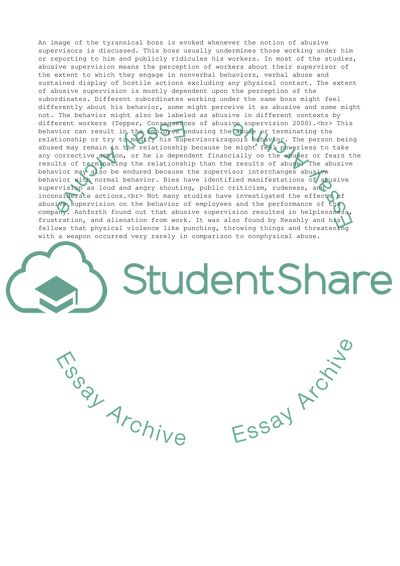Cite this document
(“How to Deal with Abusive Supervisors Research Paper”, n.d.)
How to Deal with Abusive Supervisors Research Paper. Retrieved from https://studentshare.org/management/1735779-abusive-supervisiors
How to Deal with Abusive Supervisors Research Paper. Retrieved from https://studentshare.org/management/1735779-abusive-supervisiors
(How to Deal With Abusive Supervisors Research Paper)
How to Deal With Abusive Supervisors Research Paper. https://studentshare.org/management/1735779-abusive-supervisiors.
How to Deal With Abusive Supervisors Research Paper. https://studentshare.org/management/1735779-abusive-supervisiors.
“How to Deal With Abusive Supervisors Research Paper”, n.d. https://studentshare.org/management/1735779-abusive-supervisiors.


